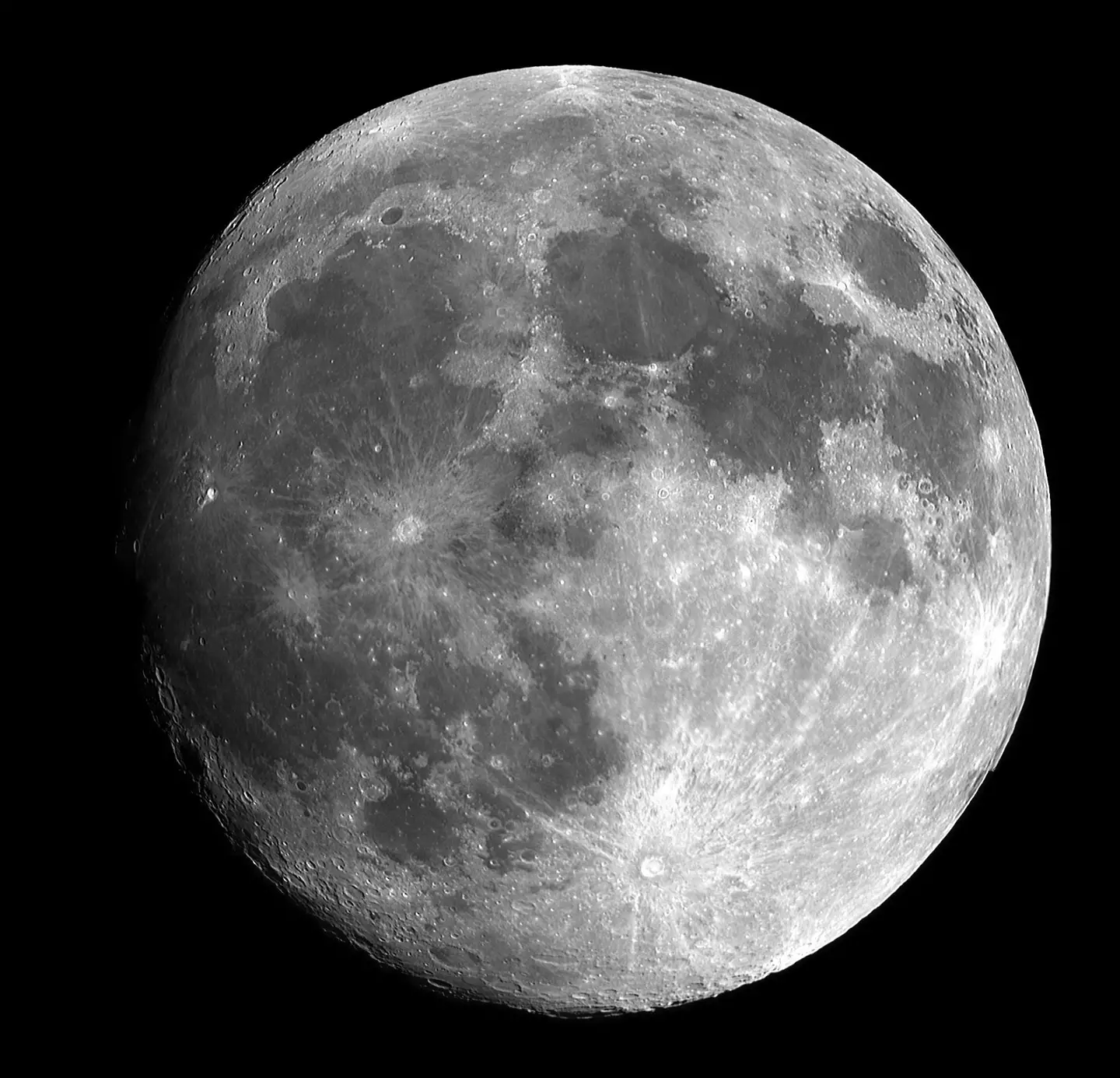Featured Image Credit: Getty Stock Images/YouTube/NPG Press
We’ll long be learning about planets and the solar system, but so far scientists have found some pretty amazing discoveries.
From finding planets twice the size of Earth and incomprehensibly large black holes, to the James Webb Space Telescope detecting light on an Earth-like planet, there’s no way of knowing what’s going to be identified next.
But one discovery of note in recent months was that of the remains of a ‘buried planet’ within Earth.
Seismologists discovered two continent-sized ‘basal mantle anomalies’ – blobs beneath the Earth’s crust to you and me – beneath the Pacific and Africa.
They’re denser than their surroundings which suggests they’re made out of different material to the rest of the Earth’s mantle – and now we might have a good idea of how they got there.
The researchers reckon it could be due to a planet called Theia smashing into the Earth 4.5 billion years ago, with the impact forming the Moon.
In a theoretical article published to Nature, eleven writers put forward evidence that this different mantle within our Earth could be an ancient planet that crashed into Earth, forming the Moon out of its flying pieces.
By observing the anomalies in the Earth’s mantle and comparing them to matter surrounding them, the researchers suggest that they may be buried remnants of Theia mantle material that has been preserved deep in the Earth billions of years after the Moon-forming impact.
.jpg)
Theia could have smashed into Earth 4.5 billion years ago. (ARTUR PLAWGO/SCIENCE PHOTO LIBRARY/Getty)
The research team used giant-impact simulations which were able to show that a part of Theia’s mantle could have entered proto-Earth’s lower mantle.
They could see that Theia would have had a higher density as the Moon is more iron-rich.
This means that if there are samples that match the density and composition of Theia within the Earth, it proves the theory that Theia once crashed into Earth which created our Moon.
The team wrote that Theia’s matter surviving deep within Earth would ‘be a natural consequence of the Moon-forming giant impact’.

Pexels
They concluded in the study: “Because giant impacts are common at the end stages of planet accretion, similar mantle heterogeneities caused by impacts may also exist in the interiors of other planetary bodies.”
The revelation left those of us who don’t have astrophysics PhDs scratching their heads.
One commenter marvelled at the time: “The Earth kinda is like a lava lamp. Only it takes really long for the blobs to move around.
“I remember watching a documentary about what’s going on below Yellowstone and the grand Tetons and they also basically said what’s going on below is kind of like a lava lamp.”
I mean, that’s one way of looking at it.
Topics: Science, Space

Dr. Thomas Hughes is a UK-based scientist and science communicator who makes complex topics accessible to readers. His articles explore breakthroughs in various scientific disciplines, from space exploration to cutting-edge research.

.webp)






